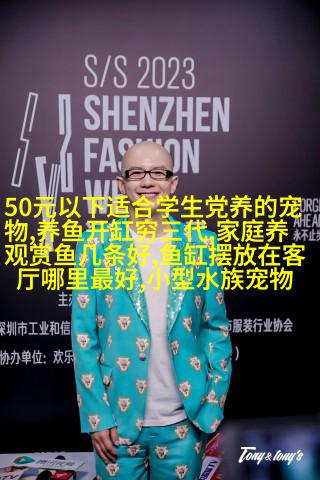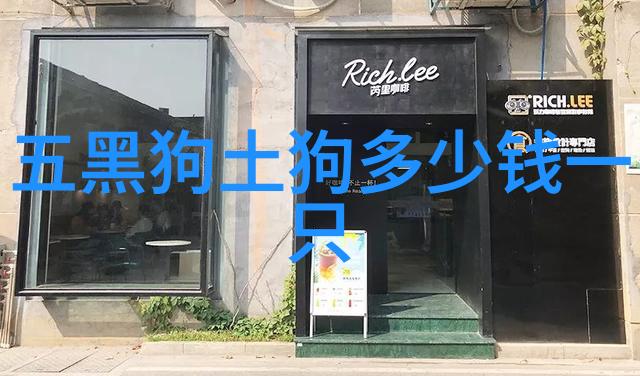在温馨的水族箱里,黄金条鱼以其独特的金色鳍条和鲜红色的眼眶虹膜,带来了一抹斑斓。它们是宠物爱好者的佳选,也是初学者们探索养殖知识的对象。在这里,我们将深入了解如何为这些美丽生物打造一个理想的栖息环境。

水温调控
为了确保黄金条鱼能够享受最佳生长状态,新手饲主应严格控制水温范围在24到28摄氏度之间。这一温度区间能促进它们的食欲并加速生长。

适宜水质
软性或中性偏酸性的弱碱性水质适合黄金条鱼。尽管它原产于高纬度地区,这种热带鱼具有较好的耐寒能力,可以承受12摄氏度以下的水温。

饵料多样化
提供多样的饵料,如活虫、细小活体动物、颗粒饲料等,以满足它们对营养丰富食物的需求。此外,对于不同品种来说,选择合适的饵料也至关重要。

动植物混合饵料
虽然黄金条鱼主要以动物性作为主食,但对于一些小型品种来说,可采用颗粒式植物性饵料作为补充。然而,由于植物性食品很少被用作主食,所以这方面需要注意选择和配比。

品种差异化管理
由于黄金条鱼有许多大小不一、形态各异的地类,有些品种更倾向于吃龟虫,而有些则偏好水蚯蚓或其他类型的小型昆虫。因此,对不同的品种进行针对性的喂养策略也是必要的一步。
投喂频率与量控制
根据所养数量及个体大小,每天投喂一次,一次投喂量应足够让所有魚类在5-10分钟内完全消耗掉,以避免浪费和过剩堆积引起污染。此外,在运输前应停食1-2天,以减少压力和疾病风险。
饵料处理与管理技巧
对于使用木虫(即蝴蝶幼蟄)作为主要蛋白质来源时,要确保每次投放后的时间控制在10-30分钟内,让所有魚类均能获得充分利用;而使用蚯蚓时,则要限制时间为5-10分钟,以保证他们都能吃得尽兴且健康地成长起来。同时,在换盐之前停止给予任何形式的人工餌,使他們自然覓食,从而減少過敏反應並保持身體健康状况良好。当转移到新的环境后,不要立即投放人工餌,而是应该让魚類慢慢適應環境中的自然餌源,這樣可以降低轉移壓力,並讓魚類有機會學習新的環境與生活方式之間關係對於黃金條魚來說非常重要,因此這種方法是一個非常有效的手段,用於保護他們免受疾病侵襲並維持一個平衡與穩定的環境狀態
吃饭时间安排
对于那些喜欢吃伍虫(一种小型甲壳类动物)的黄金条鱼,每次投放数量最好设置在10到30分钟内完成消费。而如果是用蚯蚓作为主要食品,那么每次最好设置在5到10分钟内完成消费,这样既可以满足他们快速消化吸收,又不会造成过剩粮食导致污染问题发生
9 和 11 项内容相似,都强调了定期更换部分或全部含有废物和废气的大部分水量,并通过循环泵等设备来维持清洁流动环境,同时建议定期检查并清洁容器内部壁面上的藻类层覆盖,以及从底部抽出沉积物。
在进行大规模更换过程中,如果装饰元素较多,它会变得更加复杂且繁琐。但无论哪一种方法,最终目标都是确保海洋生物得到一个干净卫生安全可持续发展的地方。
13, 混养建议:由于黄金条鱼本身比较友善,不攻击其他同伴,因此它们通常被认为是一个很好的混养对象。如果你正在考虑组建一个共同生活的小团队,这可能是一个不错的选择,因为它能够帮助增进你的喜爱活动,并增加你的认识水平关于如何照顾各种不同但又互相尊重彼此各自需求以及习惯的一个集合体。
总结:Yellowtail Emperor is a popular ornamental fish that can be kept in home aquariums due to its attractive appearance and peaceful nature, making it an ideal choice for both experienced aquarists and beginners alike.
In order to ensure the optimal growth of these beautiful creatures, new aquarists should pay close attention to maintaining the proper water temperature between 24°C and 28°C.
The Yellowtail Emperor prefers soft or slightly acidic water with a pH level around neutrality, as they are native to high latitudes but possess good tolerance for cooler temperatures down to 12°C.
When it comes to feeding these aquatic wonders, providing them with a variety of food sources such as live insects like brine shrimp or mosquito larvae will satisfy their nutritional needs best.
Additionally, considering different species may require specific diets based on size and type makes understanding what kind of food each one needs essential when managing your collection.
While some smaller varieties may thrive on plant-based foods like pellets as secondary sources rather than relying solely on animal matter (such as plankton), most Yellowtail Emperors tend towards predominantly consuming animal-based nutrition items; thus selecting appropriate feeders is crucial for successful care practices.
Lastly mixing different types of plants into the tank's environment will help keep fish healthy by creating diverse living spaces filled with nutrients which stimulate natural behavior while also enhancing visual appeal - making this practice beneficial not just visually appealing but also practical in terms of overall health management strategies applied within any given aquarium setup where you decide whether certain elements need adjustments accordingly depending upon unique characteristics present among inhabitants residing within said system!


